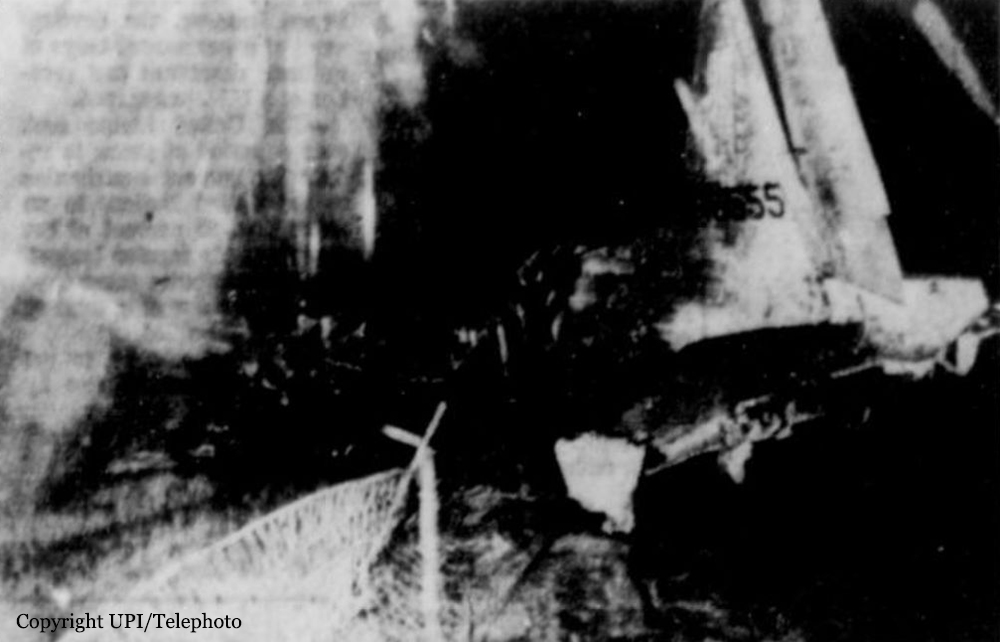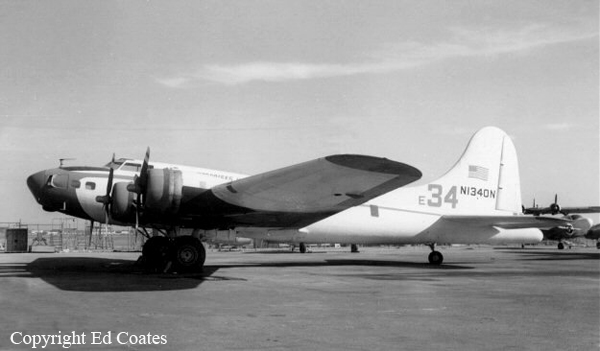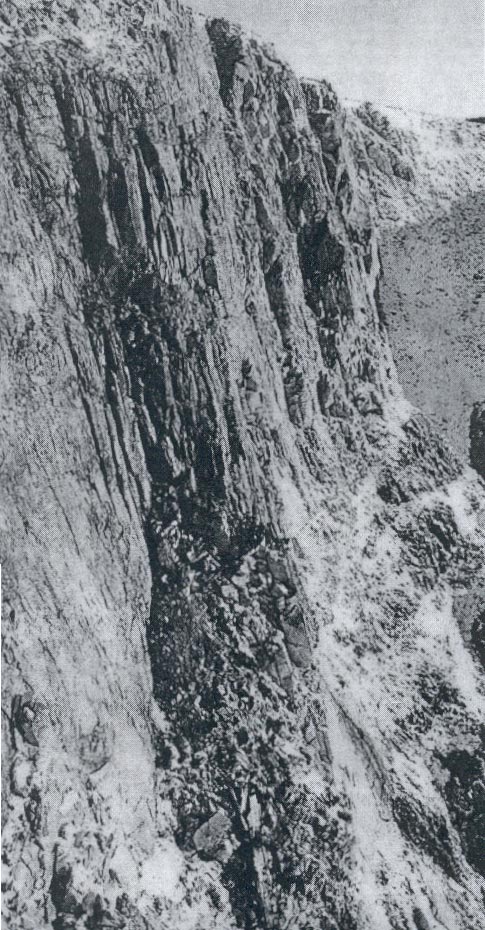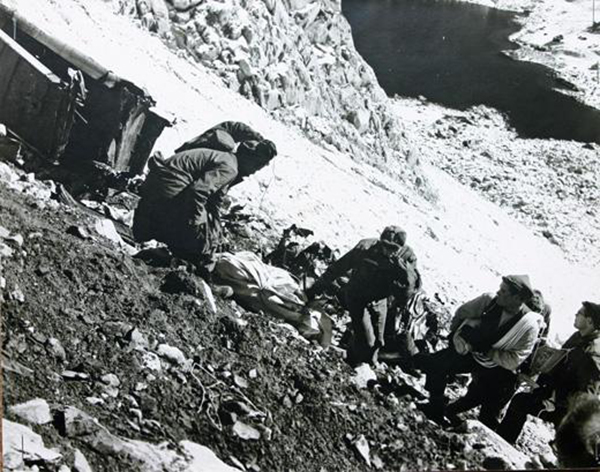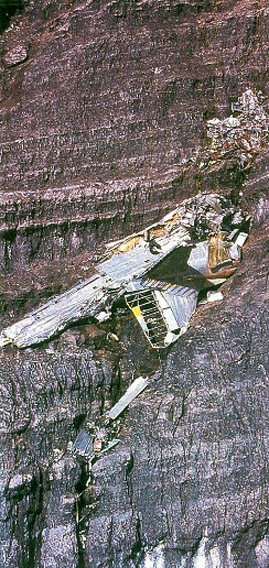Crash of a Beechcraft AT-11 Kansan near McFadden: 7 killed
Date & Time:
Apr 2, 1972 at 1916 LT
Registration:
N1322M
Survivors:
No
Schedule:
Rock Springs - Broomfield
MSN:
1468
YOM:
1942
Crew on board:
2
Crew fatalities:
Pax on board:
5
Pax fatalities:
Other fatalities:
Total fatalities:
7
Captain / Total hours on type:
16.00
Circumstances:
While cruising in bad weather conditions on a flight from Rock Springs to Broomfield, Colorado, control was lost. The aircraft dove into the ground and crashed in a mountainous area located near McFadden. All seven occupants were killed.
Probable cause:
Uncontrolled descent after the crew continued under VFR mode into adverse weather conditions and suffered a spatial disorientation. The following factors were reported:
- Snow,
- Icing conditions, including sleet and freezing rain,
- Turbulences associated with clouds and thunderstorms,
- Airframe ice,
- While following hiway, the crew encountered forecasted snow and turbulences,
- Struck the ground in a nose down and left bank attitude at high rate of speed.
- Snow,
- Icing conditions, including sleet and freezing rain,
- Turbulences associated with clouds and thunderstorms,
- Airframe ice,
- While following hiway, the crew encountered forecasted snow and turbulences,
- Struck the ground in a nose down and left bank attitude at high rate of speed.
Final Report:


